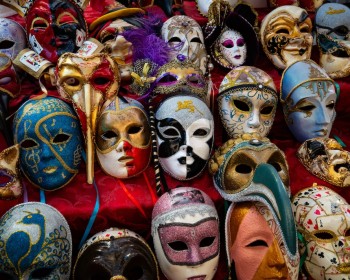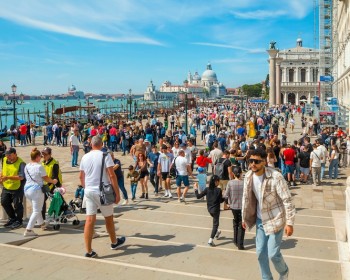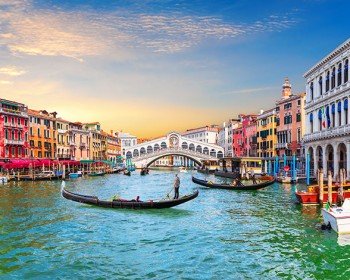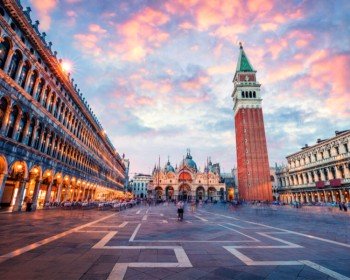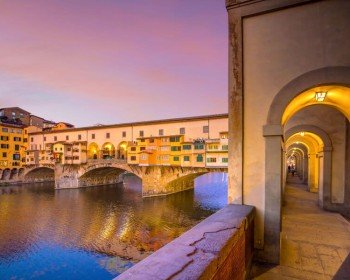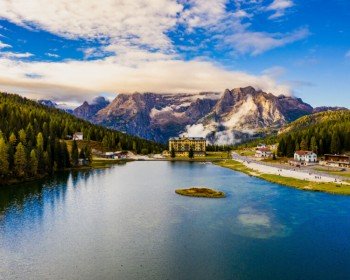The Doge’s Palace is one of the symbols of Venice of the Serenissima Republic of Venice. It is located next to the Basilica of San Marco and is one of the greatest examples of Venetian Gothic architecture.
The Ducal Palace consists of 3 large wings:
- the wing towards the Basin of San Marco that contains the Hall of the Great Council
- the wing towards the Piazza with the Sala dello Scrutinio
- the Renaissance wing with the residence of the doge and many government offices.
If you are planning a trip to Venice, a visit to the Doge’s Palace is a must.
With our Venice tour you will visit St Mark’s Square and St Mark’s Basilica, The Doge’s Palace and you will experience a typical Venetian experience with a private gondola ride along its romantic canals.
History of the Ducal Palace
Until the fall of the Republic of Venice in 1797 the Doge’s Palace was the residence of the Doge.
The doge (in Veneto doze or doxe, pron. /ˈdoze/) was the head of state of the Republic of Venice.
With the fall of the Serenissima followed the French and Austrian domination, until the annexation to Italy in 1885. At the end of 1800 the Palace fell into decay, and the Italian government ordered funding for a radical restoration.
On the ground floor there is the Opera Museum. Passing through the courtyard you get to the Piano delle Logge and the Institutional Rooms. Finally ends with a visit to the Armoury and the Prisons. In the 7th century, work began on the New Prisons, which are connected to the structure through the Bridge of Sighs.
Museo dell'Opera
The Opera was in ancient times the technical building for the maintenance of the palace and the management of the reform and renovation. A major restoration was launched in 1875. On that occasion many ancient and precious capitals were removed and replaced. Today’s Opera Museum is for an important part made up of the Portico’s capitals from the fourteenth-century.
Piano della Logge
The Piano delle Logge offers suggestive views of the courtyard and of the Piazzetta San Marco. Today the Superintendence for Environmental and Architectural Heritage of Venice is housed in the fourteenth-century wing of the floor of the loggia, while in the Renaissance wing there are some offices of the Venetian Civic Museums and one of the bookshop of the Museum.
Sale Istituzionali
The Institutional Halls of the Ducal Palace are the place where the political and administrative life of the republic was carried out.
Armeria
In the Armory Room there is the museum of weapons and ammunition of different origins. Today the collection consists of about 2000 pieces.
Le Prigioni
At the time of the Serenissima, the prisoners were locked up in the terrible prisons of the Doge’s Palace. The nature of the crimes coincided with different locations: inside the Palace there were wells, the prisons of the lower floors, the piombi were instead placed in the attic. From the sixteenth century, Antonio Da Ponte ordered the construction of the new prisons, connected to the palace by the Bridge of Sighs.
Some curiosities about the Ducal Palace
- There are secret itineraries that are not part of the path of the Palace but can be visited by appointment and with a qualified guide;
- The Palace was hit by numerous fires, the first occurred in 1483 in the side of the building overlooking the canal.
In 1574 another fire broke out, destroying all above the Sala delle Quattro Porte, the Anticollegio, the Collegio and the Senate.
In 1577 another devastating fire involved the Sala dello Scrutinio and the Sala del Maggior Consiglio, irretrievably destroying the paintings that decorated them; - From 1811 to 1904 the building housed the Marciana National Library, along with other institutions of the city related to the cultural field.


